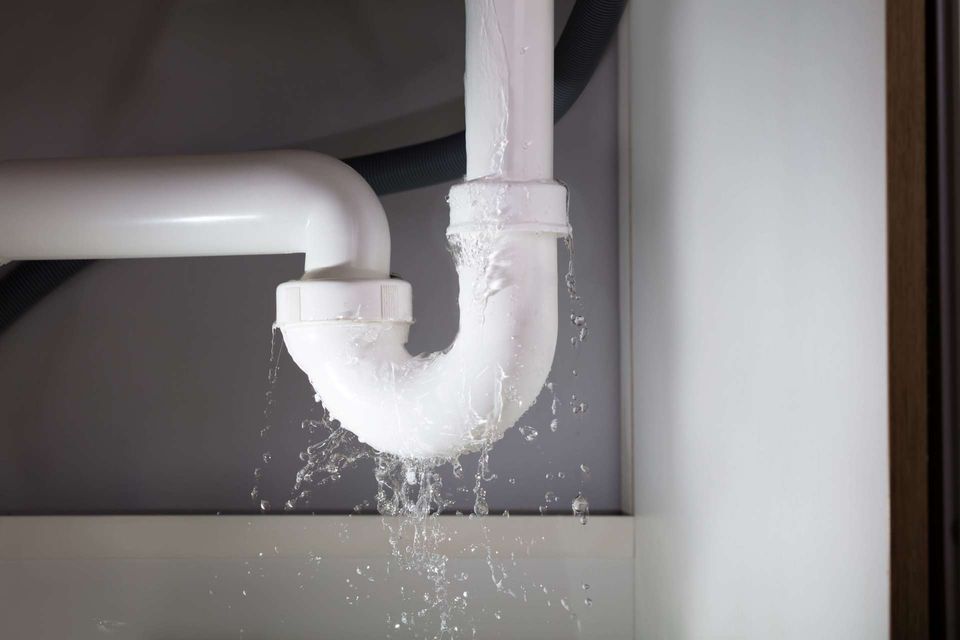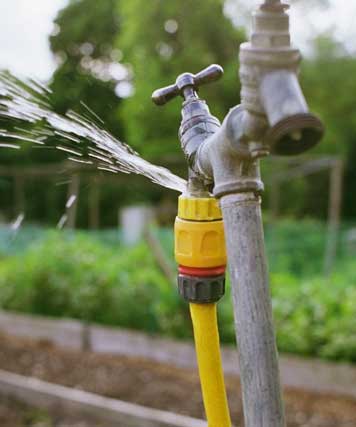We've come across the article on Detecting hidden plumbing leaks directly below on the web and think it made perfect sense to relate it with you on this page.

Early detection of dripping water lines can reduce a possible catastrophe. Some little water leakages might not be noticeable.
1. Analyze the Water Meter
Examining it is a surefire means that helps you find leakages. If it relocates, that indicates a fast-moving leak. This suggests you may have a slow-moving leakage that might even be below ground.
2. Examine Water Intake
Evaluate your water expenses as well as track your water intake. As the one paying it, you need to see if there are any kind of disparities. If you detect sudden changes, regardless of your usage coinciding, it indicates that you have leakages in your plumbing system. Keep in mind, your water expense should drop under the same range monthly. An abrupt spike in your bill suggests a fast-moving leakage.
On the other hand, a constant boost each month, despite the exact same routines, reveals you have a slow leak that's additionally slowly escalating. Call a plumber to completely inspect your residential or commercial property, particularly if you really feel a cozy location on your flooring with piping below.
3. Do a Food Coloring Examination
When it comes to water usage, 30% comes from commodes. If the shade somehow infiltrates your bowl during that time without flushing, there's a leak between the storage tank and also dish.
4. Asses Outside Lines
Don't fail to remember to examine your exterior water lines too. Must water seep out of the link, you have a loose rubber gasket. One small leakage can squander loads of water as well as increase your water costs.
5. Examine as well as Assess the Situation
Property owners must make it a routine to examine under the sink counters and also even inside cabinets for any bad odor or mold growth. These two warnings suggest a leakage so prompt attention is needed. Doing routine assessments, even bi-annually, can save you from a significant problem.
Inspect for stainings and compromising as many pipes and also devices have a life expectations. If you presume leaking water lines in your plumbing system, do not wait for it to escalate.
Early detection of leaking water lines can reduce a potential catastrophe. Some little water leaks might not be visible. Examining it is a guaranteed way that assists you uncover leaks. One little leakage can throw away tons of water and also surge your water costs.
If you think dripping water lines in your plumbing system, do not wait for it to rise.
WARNING SIGNS OF WATER LEAKAGE BEHIND THE WALL
PERSISTENT MUSTY ODORS
As water slowly drips from a leaky pipe inside the wall, flooring and sheetrock stay damp and develop an odor similar to wet cardboard. It generates a musty smell that can help you find hidden leaks.
MOLD IN UNUSUAL AREAS
Mold usually grows in wet areas like kitchens, baths and laundry rooms. If you spot the stuff on walls or baseboards in other rooms of the house, it’s a good indicator of undetected water leaks.
STAINS THAT GROW
When mold thrives around a leaky pipe, it sometimes takes hold on the inside surface of the affected wall. A growing stain on otherwise clean sheetrock is often your sign of a hidden plumbing problem.
PEELING OR BUBBLING WALLPAPER / PAINT
This clue is easy to miss in rooms that don’t get much use. When you see wallpaper separating along seams or paint bubbling or flaking off the wall, blame sheetrock that stays wet because of an undetected leak.
BUCKLED CEILINGS AND STAINED FLOORS
If ceilings or floors in bathrooms, kitchens or laundry areas develop structural problems, don’t rule out constant damp inside the walls. Wet sheetrock can affect adjacent framing, flooring and ceilings.
https://www.servicemasterbyzaba.com/blog/how-to-detect-water-leakage-in-walls/

As a passionate reader on Detecting hidden plumbing leaks, I thought sharing that piece was a great idea. Remember to take a moment to promote this page if you enjoyed it. I praise you for your time. Visit again soon.
Comments on “6 Ways to Find Concealed Water Leaks in Your House”